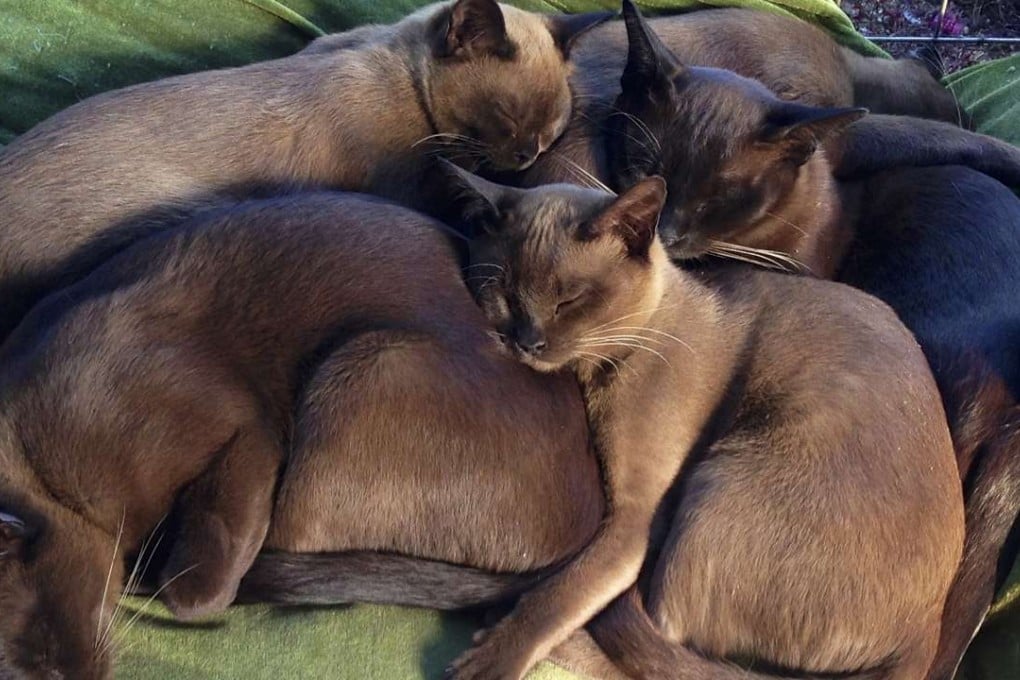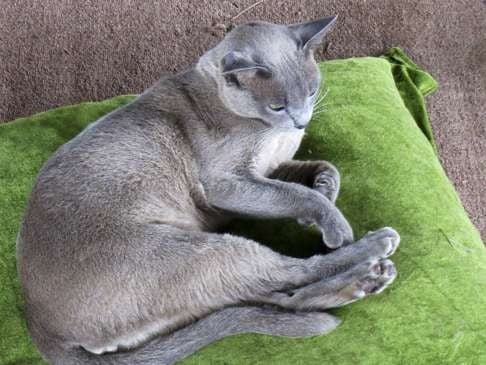Hong Kong explorer returns Burmese cats to Myanmar after a 70-year absence
A favourite of Western cat lovers, the breed is almost unknown in its native land, where it was confined to the royal palace and temples. A breeding programme at Inle Lake is part of a plan to reintroduce them to Myanmar

The pale morning sun warms dozens of chocolatey paws, making them shimmer like silk. Just after breakfast, the cats are locked in a deep slumber. Another one squeezes itself elegantly into the middle of the group. Amber eyes blink to welcome the newcomer.
Myanmar’s Inle lake is the backdrop to this synchronised, breathing knot of felines. Fishermen perch on longboats, rowing with one leg while they use their hands to dip wooden conical nets into the water to pull out the day’s first catch. Along with the lake’s stilt villages and floating gardens that burst with beans and juicy tomatoes, the fishermen are the biggest draw for tourists.
On this warm morning, however, travellers ignore the fishermen and focus on the cats, whose shadows are getting ever shorter as the sun rises higher.
The sleeping bundle, and dozens more like them, are among the first Burmese cats produced under a breeding programme that has returned the pedigree breed to their native land.
